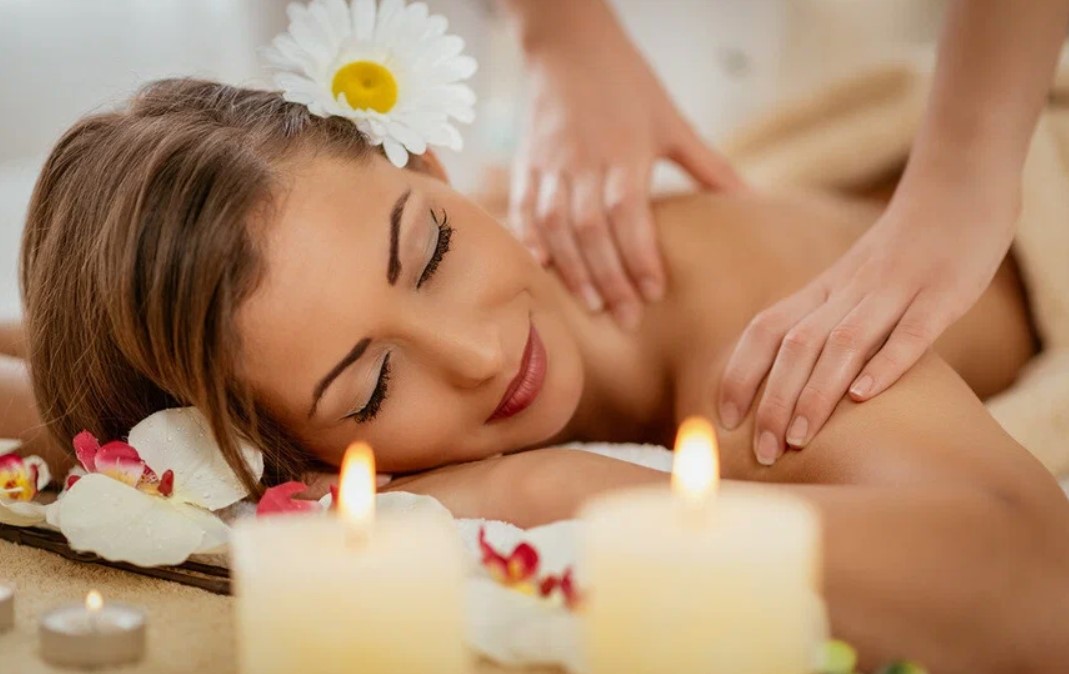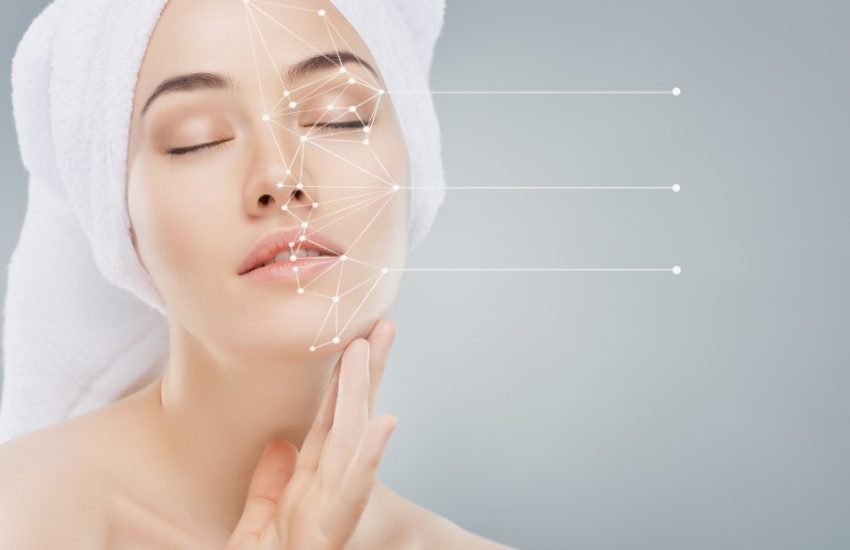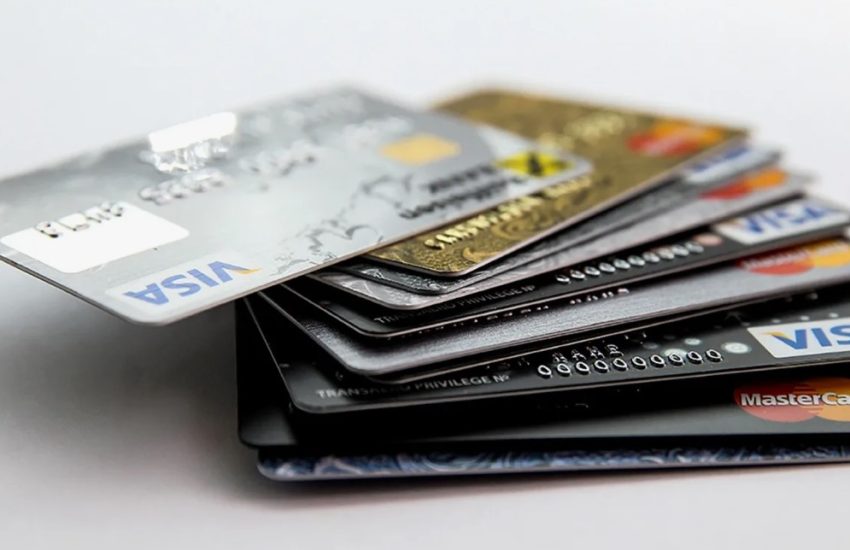The Psychology of Relaxation: How to Fully Let Go During a Massage
Relaxation during a massage is more than physical ease; it’s a mental state that allows for a deeper sense of calm and release. When the mind is at ease, the body can fully benefit from therapeutic techniques. For many, reaching this state of relaxation can be challenging, especially if the mind remains active or anxious. By understanding how the mind affects the body’s ability to let go, we can approach massage with a better mindset. This psychological aspect of relaxation is essential for a fulfilling massage experience, especially in high-stress environments like Dubai, where people often seek relief from demanding schedules.
Page Content
The Connection Between Mind and Muscle Tension
Our thoughts and emotions have a direct impact on physical tension. Stress, anxiety, and even busy thoughts can cause muscles to tighten, often without us realizing it. This tension can become so ingrained that it persists even during a massage, limiting the full benefit of treatment. Relaxing mentally is crucial for releasing this physical tension. Techniques such as breathing exercises and mindful awareness can help signal to the body that it’s safe to release. In luxury settings like Elysium Spa, therapists are trained to help clients ease both mind and body, ensuring a holistic approach to relaxation.
Breathing as a Tool for Relaxation
Breathing exercises are foundational to relaxation. Slow, deep breaths help activate the parasympathetic nervous system, which reduces stress and promotes calmness. Before a massage, clients can practice deep breathing to clear their minds and prepare for the session. Focusing on breath during the massage helps maintain a relaxed state, as it diverts attention from intrusive thoughts. For individuals new to breathing exercises, simply counting each inhale and exhale can be effective. This technique aids relaxation by focusing the mind on the rhythm of breath, allowing the body to respond by releasing stored tension.

The Role of Visualization in Achieving Mental Calm
Visualization can further support mental relaxation by redirecting thoughts to peaceful imagery. Imagining serene settings, such as a quiet beach or a tranquil mountain, can create a sense of calm and distract from everyday stressors. This practice can begin before a massage session, allowing the mind to settle into a more receptive state. During the massage, returning to these mental images can prevent mental distractions and support a steady state of relaxation. Visualization works well in environments like Dubai, where fast-paced lifestyles often leave little time for mental quiet, making it a useful technique for achieving a sense of calm.
Setting Intentions for Relaxation
Setting a clear intention for relaxation can prepare both the mind and body for a deeper experience during the massage. Before the session begins, clients can take a few moments to set a mental goal, such as “I am here to relax” or “I am letting go of stress.” By verbalizing or internalizing this intention, clients align their thoughts with the purpose of the massage. This can prevent lingering concerns from interfering with the relaxation process. Setting intentions allows clients to embrace a state of relaxation from the start, helping them achieve a calm mindset that complements the physical aspects of the massage.
Practicing Mindfulness to Remain Present
Mindfulness, or the practice of staying present, is an effective tool for maximizing the relaxation experience during a massage. This approach involves focusing on the sensations of the massage rather than allowing the mind to wander to unrelated thoughts. Clients can bring their attention to specific areas being massaged, noticing the feeling of pressure and release, which anchors them in the present moment. By practicing mindfulness, clients deepen their engagement with the massage, reducing the chance of mental distractions. This practice is especially beneficial in a setting like Elysium Spa, where mindful relaxation is encouraged as part of the overall experience.
Recognizing the Influence of the Environment
A well-designed environment plays a significant role in achieving mental relaxation. Elements like calming music, subdued lighting, and gentle scents contribute to a sensory experience that enhances relaxation. In high-end spas like those found in Dubai, careful attention is paid to each sensory detail, ensuring a space that supports mental calm. By observing the environment and focusing on its calming elements, clients can deepen their sense of relaxation. The influence of a peaceful environment extends beyond the session, helping clients leave with a lasting sense of tranquility, even after returning to the bustling energy of the city.
Understanding the Role of Trust in Letting Go
Trust is a key factor in achieving full relaxation during a massage. If a client feels uncertain about the therapist’s skills or uncomfortable in the environment, their body may remain tense, preventing complete relaxation. Building trust with the therapist and spa establishment can ease this concern. Clients can express their preferences and communicate any sensitivities or areas of discomfort to enhance their experience. In reputable Dubai spas like Elysium Spa, trained therapists prioritize client comfort and communication, which fosters trust and promotes a safe environment for relaxation. Trust allows clients to let go fully and benefit from the massage.

The Impact of Mental Relaxation on Physical Benefits
Mental relaxation amplifies the physical benefits of massage by allowing muscles to release fully and improving blood flow. When the mind is calm, the nervous system responds by reducing stress hormones and increasing the production of endorphins, which promote a sense of well-being. This response enhances the therapeutic effects of massage, such as reduced muscle soreness and improved flexibility. By understanding the link between mental and physical relaxation, clients can maximize the impact of their massage sessions. Focusing on both aspects ensures a comprehensive approach to relaxation, especially in high-stress environments like Dubai.
Preparing for a Massage: Practical Steps to Promote Calm
Preparing mentally before a massage can help clients make the most of their session. Simple steps, like arriving a few minutes early to relax and disconnect from electronic devices, allow the mind to settle. Taking time to breathe deeply and review the intention for relaxation reinforces mental calm. Choosing a comfortable outfit and ensuring basic needs, such as hydration, are met, also contribute to a more focused and relaxed state. In high-end Dubai spas, where comfort is emphasized, arriving prepared allows clients to step into their session with ease, enhancing their readiness to relax.
Recognizing Personal Barriers to Relaxation
Every individual has unique mental patterns that may impact their ability to relax fully. For some, intrusive thoughts or anxieties may arise during a massage, disrupting mental calm. Recognizing these tendencies helps clients develop strategies to address them, such as refocusing on breathing or using visualization techniques. In Dubai, where high-paced lifestyles can lead to chronic stress, understanding personal barriers allows clients to navigate them more effectively during massage sessions. By acknowledging these patterns and addressing them proactively, clients enhance their capacity for mental relaxation and achieve a deeper connection with the therapeutic process.
Extending the Benefits of Relaxation After the Massage
After a massage, maintaining relaxation can help prolong its benefits, supporting both mental and physical well-being. Simple practices, such as mindful breathing or stretching, can help retain a sense of calm. Staying hydrated and resting the body allows the muscles to integrate the effects of the massage. In high-stress cities like Dubai, where individuals often return to fast-paced routines, post-massage relaxation techniques offer continued mental relief. This approach helps clients carry the benefits of the session into daily life, contributing to an overall sense of balance and calm.
The Role of Consistency in Achieving Relaxation
Regular massage sessions support consistent relaxation by training the mind and body to release stress more readily. When clients incorporate massage into their self-care routines, they become more familiar with the relaxation process, which can enhance the effects over time. Consistent sessions encourage the body to release stored tension and support emotional well-being. For individuals in Dubai, where busy schedules can lead to heightened stress, regular massage therapy offers a structured way to maintain mental balance. By making relaxation a consistent part of their routine, clients build a foundation for improved well-being.
Conclusion
Achieving full relaxation during a massage requires both mental and physical preparation, with techniques like breathing, mindfulness, and visualization enhancing the experience. In Dubai’s luxury spa settings, where a calm environment and skilled therapists contribute to relaxation, clients can maximize their session by focusing on these mental aspects. By recognizing the connection between mind and body, individuals create a space for genuine release and recovery. Understanding and embracing these techniques allows clients to fully let go, making each massage a restorative experience that supports mental clarity and physical wellness.
“Veganism is not a sacrifice. It is a joy.” -Gary L. Francione


